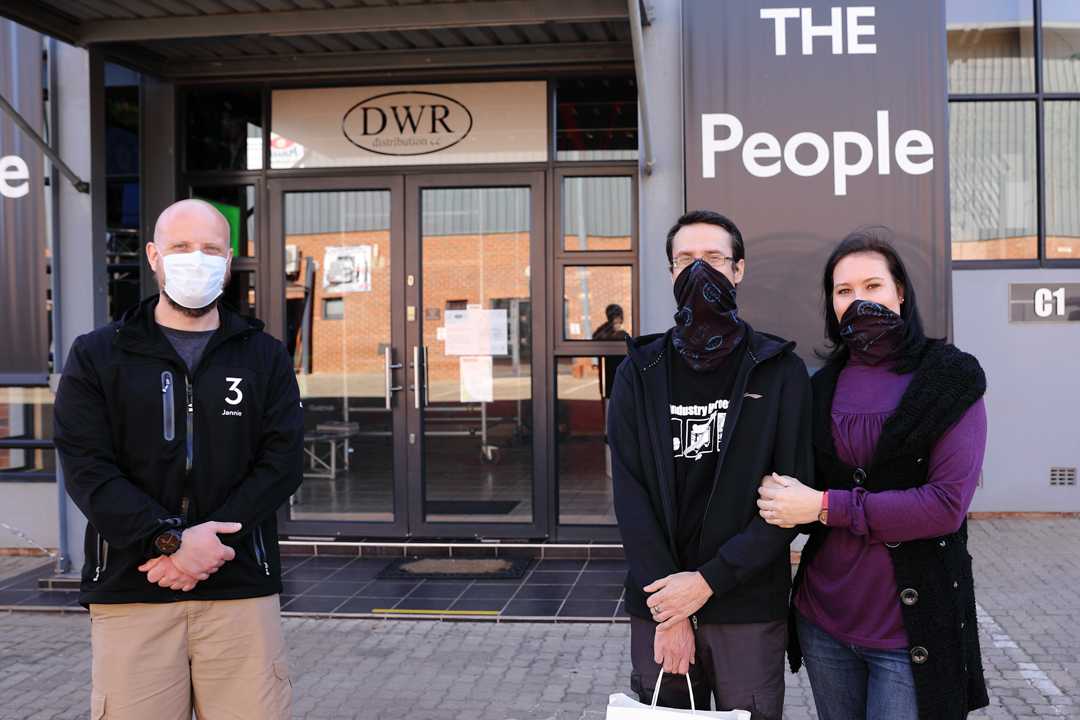Designers meet challenge of MA2 competition
- Details

“The lockdown has been very hard on people in our industry, especially for the freelance crew, technicians and engineers,” says DWR’s Jannie de Jager. “After a couple of days into lockdown, it quickly became apparent that boredom was going to be one of our greatest enemies, and would negatively affect the mental health of everybody if we let it.”
Jannie and the lighting team at DWR, therefore, decided to challenge lighting designers in South Africa to put their skills to good use during the lockdown by designing a light show using the MA2 PC platform. “We are very privileged to have some very talented and experienced lighting designers on staff, and everybody got behind the idea,” says Jannie. The team chose Johnny Clegg and Savuka’s 1982 hit Scatterlings of Africa and De Jager developed a 3D show file, with fixtures patched, for the exercise.
According to Jannie, they received 14 completed show files for consideration. The panel of judges included theatre lighting specialists, Kevin Stannett and Michael Taylor-Broderick; architectural lighting specialist, Johnny Scholtz; and live events specialist, Vincent van Niekerk.
All of the files were reviewed independently by the judges, who applied predetermined criteria to assign scores to each show. “We looked at the use of generics (placement and focus thereof); timing and choice of cue changes (what was accented and when it was accented); utilisation of the rig designed by Jannie; and choice of stage looks as a whole, including colour choices, and interpretation of the song,” explains Taylor-Broderick.
Johnny adds that as this was a product-related competition, he took note of designer’s use of the MA2 software, and assessed their work based on who used the platform to its maximum potential. With his extensive experience in lighting for the live music market, Vincent took note of the attention paid to lighting the band members and timing. “I was particularly interested in whether solos were highlighted, band members were lit,” he says.
Kevin was particularly interested in whether peripheral / effects lighting was detracting from the focus, and contestants’ use of gobos/colour or movement. “I was also interested in how textures were created, the building of the lighting through the song, choice of effects, the use of strong accents when required, and consistency throughout the song,” he concludes.
Jannie points out that the five finalists, which included Benjamin Leletsana Muir-Mills, Jade Manicom, Leon Rossouw, Marius B Coetzee, and Ryan Lombard, were all within a point of each other in the final scoring. “It was an extremely close finish,” says De Jager. “Interestingly, all of the judges submitted their scorecards independently, and they all had the same five finalists.”
On 28 May, she contacted Leon Rossouw to inform him that he had been awarded the top spot, and was the proud owner of a grandMA2 onPC 4port Node 1K. “The MA Time Coding competition was a great way for me to stay busy during the lockdown, and provided an opportunity to learn new things, especially around pixel mapping,” says Rossouw.
















